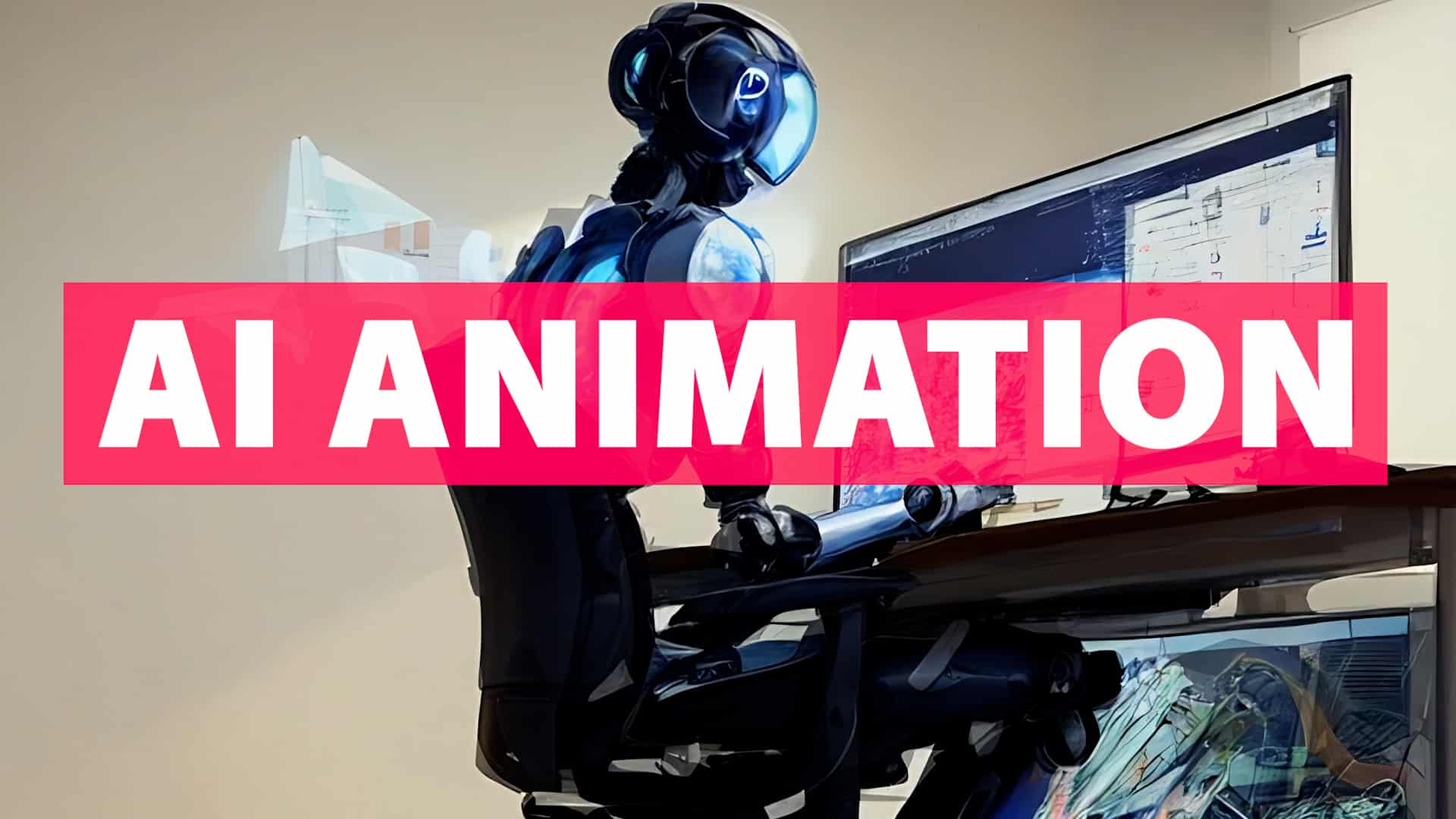Despite record-breaking revenues and global popularity, anime production costs are surging due to workforce shortages, complex art styles, longer production schedules, and structural labor issues. These challenges result in fewer new series, studio bankruptcies, and varying impacts on viewers—from delayed releases to uneven animation quality and increased dependence on crowdfunding.
Why Are Anime Production Costs Rising?
1. Labor Shortages and Overwork
- The anime industry faces an acute shortage of experienced animators and skilled production staff as international demand soars. This results in longer production times, burnout, and higher labor costs, creating a “profitless boom”—record sales but shrinking profit margins for studios.
- Even top studios are affected, with many reporting operating losses; nearly 60% of companies directly handling anime production saw declining profitability in 2024 despite rising revenues.
2. Complexity and Scale of Modern Anime
- Art and design complexity has increased, especially in high-profile series and films where advanced animation and breathtaking visuals require more talented artists and costly technology.
- Typical costs for a standard anime episode range from $100,000 to over $1 million—with blockbuster titles like Attack on Titan and Jujutsu Kaisen exceeding this bracket. Feature films often see budgets over ¥300 million ($2.8 million USD), and some reach much higher.
- The number of episodes and studio reputation also drive costs: established studios charge premium rates for their expertise and access to top-tier talent, while independent studios offer budget options but with fewer resources.
3. Outsourcing and Currency Volatility
- Studios increasingly outsource work to overseas teams to manage costs, but currency fluctuations (especially the weak yen against the dollar) make outsourcing more expensive. Additionally, quality issues often arise in outsourced animation, requiring correction by domestic staff—leading to further burnout and cost increases.
4. Underpayment and Poor Working Conditions
- Animators and creators still face low salaries and poor protections, prompting warnings from entities like the United Nations and industry veterans about the risk of industry collapse. A substantial portion of the workforce operates without adequate labor protection, making them “ripe for exploitation”.
5. Surging Project Orders and Longer Lead Times
- The industry produces fewer new series than in previous years—only 300 were created in 2023 versus 361 in 2016—as studios struggle to meet global demand with limited resources.
6. Adoption of Advanced Technology
- Investment in high-end animation software and hardware can initially raise costs. While these tools may lead to some efficiency gains, the upfront expenditure is significant, raising the cost structure of anime production.
What Does It Mean for Fans?
1. Fewer New Releases and More Delays
- Studios extend production schedules to avoid overwork, resulting in delays, unplanned hiatuses, or fewer new series each year. Fans may wait years for a favorite show or season to be completed.
2. Variation in Animation Quality
- Outsourcing and rush schedules have led to inconsistent animation quality, with some episodes or series displaying noticeable dips. This can lead to disappointment for viewers who expect consistently high standards.
3. Incomplete Adaptations
- Financial and scheduling pressures cause many anime adaptations to cover only a portion of their source material, sometimes leaving stories unfinished despite significant fan demand.
4. Rise of Crowdfunding and Fan Involvement
- Crowdfunding platforms like Kickstarter and Patreon allow fans to support projects directly, enabling some independent studios to bypass traditional constraints. However, crowdfunding carries risks: delays, project cancellations, and trust issues have become more visible, impacting how fans view direct financial support.
5. Globalization and Accessibility
- Streaming platforms are critical to the modern anime business model, influencing production budgets and requirements. While they expand access and audience reach, production costs are not always offset by streaming deals alone.
Is Anime’s Future at Risk?
Anime remains a global powerhouse, with revenues expected to reach $72 billion by 2035 and a projected annual growth rate of 8.5%. Yet, the production side is under severe strain due to escalating costs, labor shortages, and unsustainable practices. Without industry-wide reforms—better pay, improved labor protections, and more sustainable production schedules—the creative force behind anime risks burnout and diminishing returns, ultimately affecting the quality and availability of new content for fans.
The industry’s future depends on balancing global demand with sustainable practices, better compensation for creators, and careful investment in technology and talent. This transformation is critical not only for creators’ well-being, but also for ensuring that fans can continue to access diverse, high-quality, and timely anime releases.

